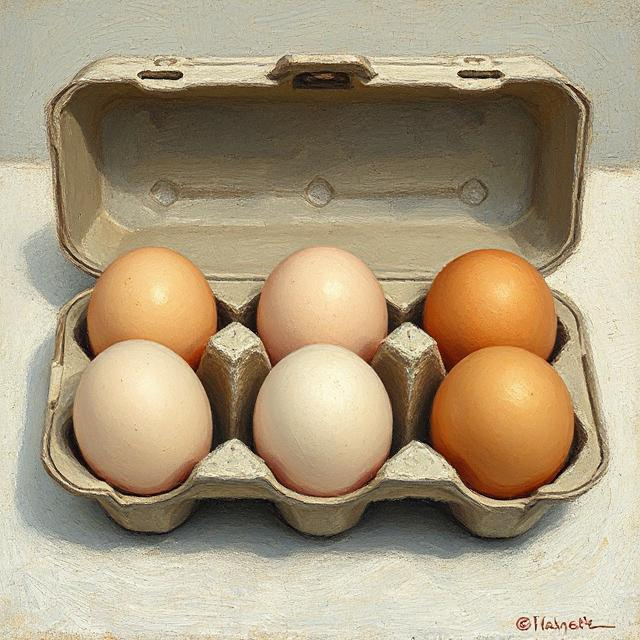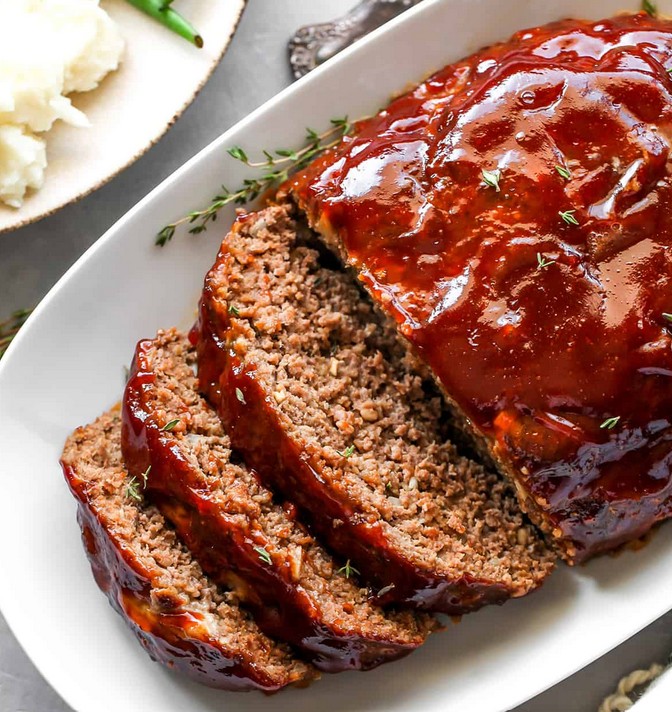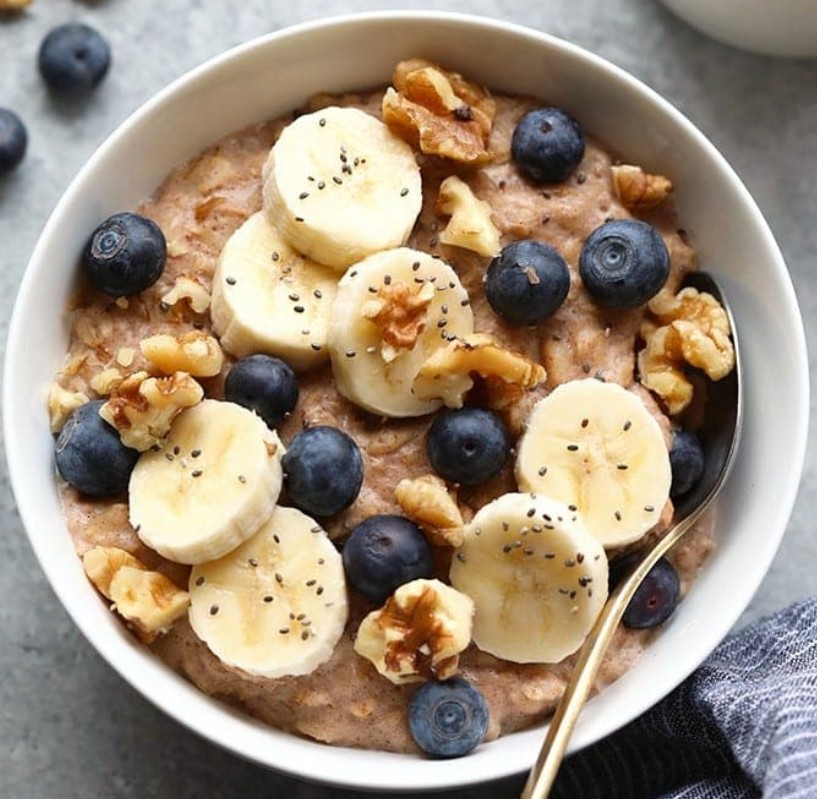There’s something oddly quiet about cooking for one. No plates to set for someone else. No “how was your day?” drifting over a shared table. Just you, your ingredients, and whatever you decide to make of it.
At first, it can feel a little lonely. Or inefficient. Spending money on a full cart of groceries when it’s just you? Cooking a whole dish only to eat it three more times that week? It can be tempting to default to toast, frozen meals, or takeout — because why bother?
But here’s the thing: cooking for one isn’t about shrinking your meals down to fit your circumstances — it’s about expanding your relationship with food in a way that’s yours alone. And yes, it can absolutely be done on a budget.
The first secret? Plan just enough — but not too much. You don’t need a 7-day spreadsheet of meals, but having a loose idea of what you’ll eat throughout the week can help you avoid food waste (and wallet waste). Choose versatile ingredients that can work across multiple meals: a bag of spinach that can go in a stir-fry, a sandwich, and a morning omelet. A can of chickpeas that becomes a curry one night and crispy salad topping the next.
Buy staples you love and trust. Eggs, rice, lentils, pasta, frozen veggies, oats, garlic, canned tomatoes, and spices — these are your ride-or-die pantry pals. They’re inexpensive, last a long time, and can shape-shift into dozens of different dishes depending on your mood.
Cook once, eat twice (or three times) is your budget-friendly superpower. Make a pot of soup, stew, or chili and freeze half in single-serving containers. Roast a tray of vegetables on Sunday, and use them throughout the week in wraps, bowls, or breakfast hashes. It’s not about eating leftovers on repeat — it’s about batch-prepping your future self a favor.
Shopping
When you’re shopping, shop the edges of the store — that’s where the whole foods live. Fruits, vegetables, grains, proteins. The middle aisles have their place, especially when it comes to canned goods and dry staples, but they’re also where sneaky expenses and empty calories hide.
And don’t sleep on the frozen section. Frozen fruits and veggies are often cheaper than fresh, just as nutritious, and don’t spoil if you forget them for a few days. (Or weeks. We don’t judge here.)
While online shopping might be convenient, going into the store in person gives you more control — especially when shopping for fresh produce. You can really stretch your money by picking your own fruit and veggies. When you shop online, someone else is choosing for you, and they won’t necessarily grab the biggest or ripest item. In-store, you can get a lot more for the same price just by being choosy.
Deals and markdowns are also easier to spot when you’re there in person. With a flexible list and a bit of creativity, it’s easier to pivot when you see a good deal on something similar.
Team Up to Buy in Bulk: bulk buying doesn’t have to be off the table just because you’re a household of one. With a little coordination, you can share the savings. You can split a big bag of rice or a bulk spice purchase with friends or neighbors. Even packs of meat can be divided and frozen.
Cooking
Cooking for one also gives you a rare gift: freedom. You don’t have to compromise. You don’t have to make something kid-friendly, allergy-safe, or “what your partner likes.” You can experiment. You can make a whole dinner out of breakfast food. You can eat pasta three days in a row if that’s your vibe this week. You can eat with your hands, eat on the couch, eat while reading a book, or dancing in the kitchen.
Rethink the Oven
With energy costs rising be mindful of what appliances you use. Focus your meal planning around stovetop-based recipes, keeping things simple and quick. For instance, cook a week’s worth of chicken thighs in one go, so you only use the oven once, then freeze what you don’t need. It really helps stretch the effort — and the electricity bill.”
If you’ve got freezer space, double your recipes and portion them out — a little oven time now can save both time and money later.
And when you feel like it’s all too much? That’s okay too. Scrambled eggs and toast still count as dinner. A can of soup and crackers counts. A baked potato with butter and whatever cheese is left in the fridge counts. Cooking for one doesn’t mean performing for anyone — it means feeding yourself with care, even if it’s simple.
Make it Beautiful, Even on a Budget
Let’s face it — budget meals can lean beige. When ingredients are limited, the temptation is to skip garnishes or go without those “extra” touches. Making a meal visually appealing makes all the difference.
So light a candle. Or don’t. Play music while you stir. Or eat in total silence. Cooking for one isn’t about what the meal looks like — it’s about how it feels to nourish yourself, on your terms, within your means.
It’s not always romantic. It’s not always Instagrammable. But it can be grounding, freeing, and deeply satisfying — one budget-friendly bite at a time.






